Filling fats, in the context of the food industry, typically refer to fats or oils used in the production of fillings for various food products. These fillings can be found in confectionery items, baked goods, pastries, and other food applications. Filling fats play a crucial role in determining the texture, mouthfeel, and flavor of the filling. Here are some key aspects related to filling fats:
Contact us to get this product at the best price and payment terms
- Texture and Mouthfeel:
- Filling fats contribute to the texture of the filling, providing creaminess, smoothness, or a specific mouthfeel that enhances the overall eating experience.
- Melting Characteristics:
- The melting point of filling fats is carefully chosen to ensure that the filling has the desired consistency. This melting behavior influences how the filling interacts with the other components of the food product.
- Stability:
- Filling fats contribute to the stability of fillings, preventing issues such as separation or oil migration. This stability is crucial for maintaining the quality and appearance of the final product.
- Flavor Release:
- Fats in fillings play a role in flavor release, helping to carry and enhance the taste of other ingredients in the filling. The choice of fats can impact the overall flavor profile of the filled product.
- Compatibility with Ingredients:
- Filling fats need to be compatible with other ingredients in the filling formulation. They are often used in combination with sweeteners, flavorings, and other components to create a cohesive and flavorful filling.
- Applications:
- Filling fats are used in a variety of applications, including filled chocolates, pastries, cookies, cakes, and other confectionery and bakery products.
- Non-Dairy Fillings:
- With the increasing demand for non-dairy or plant-based alternatives, filling fats derived from non-dairy sources, such as vegetable oils or specialty fats, may be used in plant-based fillings.
- Customization Options:
- Some suppliers may offer customization options for filling fats, allowing food manufacturers to tailor the characteristics of the filling to meet specific product requirements.
- Regulatory Compliance:
- Filling fats must comply with regulatory standards regarding labeling, nutritional content, and ingredient declarations.
- Cost Considerations:
- The choice of filling fats may be influenced by cost considerations. Some fats may offer cost advantages while still meeting the desired sensory characteristics.
When selecting filling fats for food production, businesses often consider factors such as product quality, stability, compatibility with other ingredients, and adherence to regulatory standards. The goal is to create a filling that enhances the overall appeal of the final food product.
cocoa butter substitute Supplier in Türkiye?


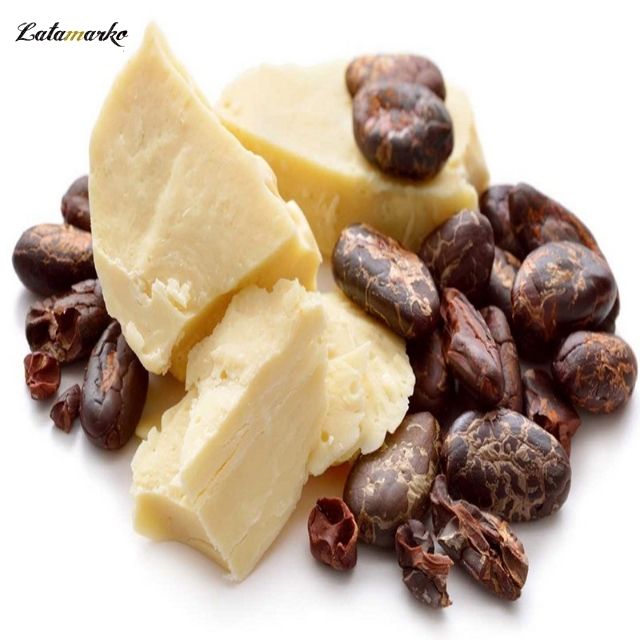
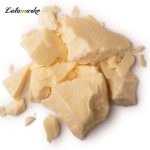
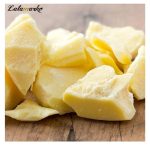
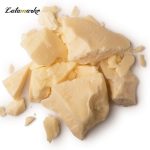
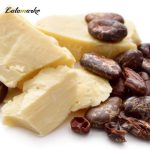
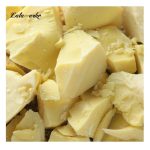
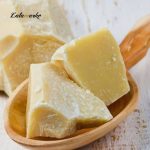
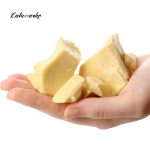

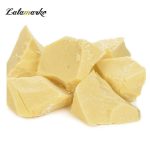
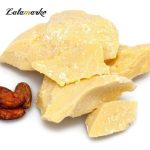
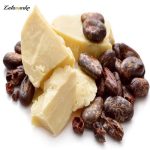
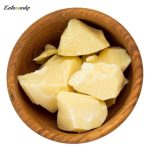
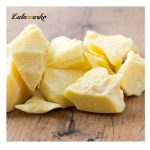


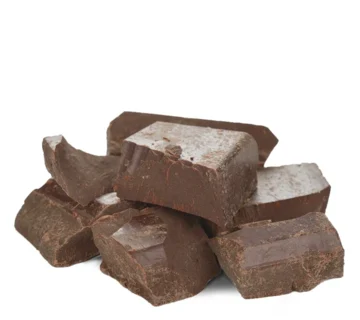


No comment